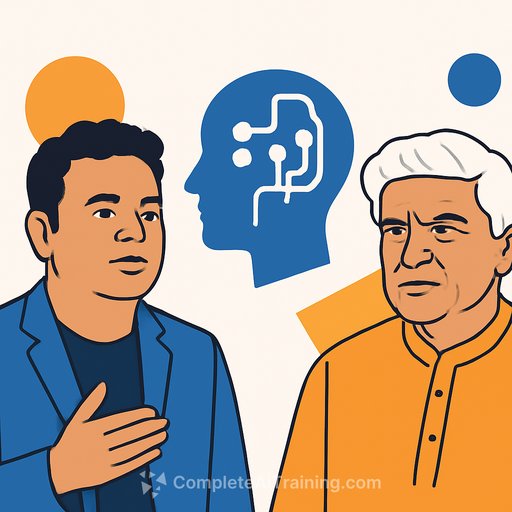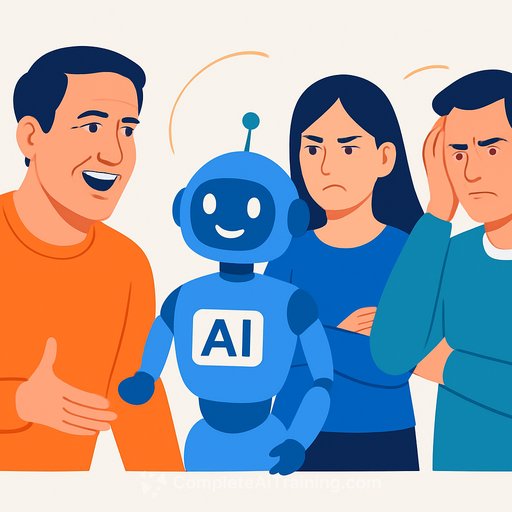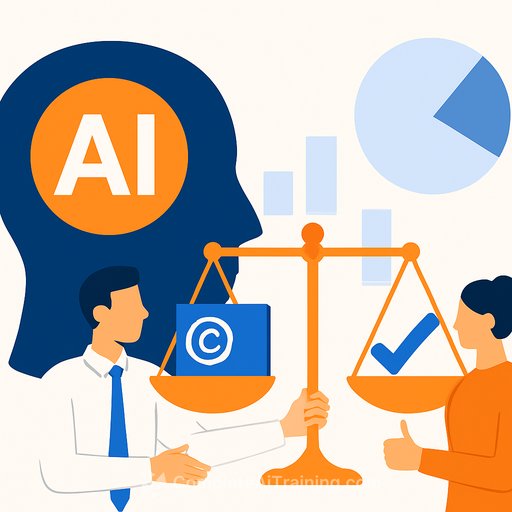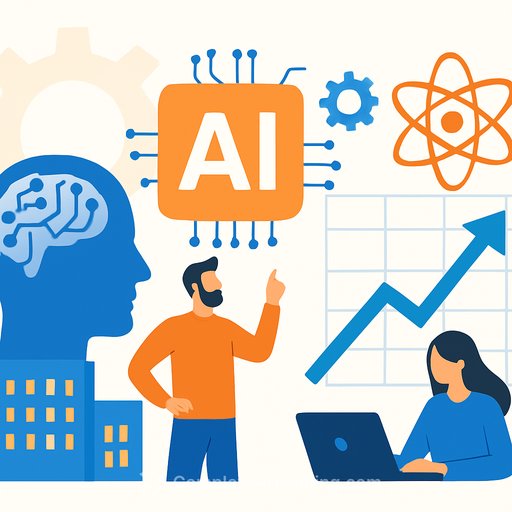AR Rahman urges clear AI rules to protect artists' identity and work
Composer AR Rahman is calling for firm, practical regulations that protect artists from identity misuse while giving them the freedom to experiment with new tools. His core point is simple: no one should be able to take another person's voice, face, or style and distort it without consent. Good rules create space for bold creativity and shut the door on exploitation.
Why this matters for creatives
AI can clone a voice, mimic a style, and flood feeds with convincing replicas. That blurs authorship, confuses audiences, and can undercut revenue. Guardrails are not about limiting art-they're about keeping your identity yours and your work credited, paid, and trusted.
Javed Akhtar's take: use AI, keep the heart human
Lyricist and screenwriter Javed Akhtar offers a counterbalance. He prefers AI to "natural stupidity," but says current systems aren't a threat to real creativity. Machines don't have lived experience-grief, heartbreak, scars-and that's where art comes from.
His stance: let AI help with admin, drafts, and structure. The essence of music and writing remains human.
Practical steps to protect your work today
- Put AI clauses in every contract. Cover training on your work, voice or likeness cloning, style-mimicry, and credit/revenue terms.
- Label your outputs. Use content credentials and provenance tools so clients and platforms can verify your authorship. See the open standard from the C2PA.
- Register your works with your country's copyright office. It strengthens takedowns, claims, and licensing leverage.
- Create a public "AI use" policy. State what's allowed (e.g., inspiration) and what is off-limits (voice clones, direct style lifts, training on original catalogs).
- Monitor misuse. Set alerts for your name and distinctive phrases; document evidence; file takedowns and right-of-publicity claims when needed.
- Negotiate consent and compensation for any synthetic use of your identity. No consent, no use.
- Join collectives, unions, or guilds that are pushing for fair AI standards and collective licensing models.
What effective AI rules could include
- Explicit, written consent for any use of a person's voice, face, name, or signature style in synthetic media.
- Clear labeling of AI-generated or AI-edited content, with technical provenance that travels with the file.
- Transparent training disclosures and opt-out mechanisms for creators and rights holders.
- Revenue-sharing for commercial products built on identifiable creative identities or catalogs.
- Auditable records of model inputs and outputs for dispute resolution.
Create with AI-without losing your signature
Use AI for speed, drafts, variations, and research; reserve the final taste, story, and emotion for yourself. That's the edge clients can't copy.
If you want structured ways to upskill while staying ethical, explore curated options at Complete AI Training.
Policy momentum to watch
Expect more movement on consent, labeling, and accountability. For context on how one major jurisdiction is approaching this, see the European Union's AI Act overview from the European Parliament: summary here.
The takeaway: protect your identity, state your terms, and keep making work that only a human can make. Sensible rules won't cage creativity-they'll protect it.
Your membership also unlocks:






